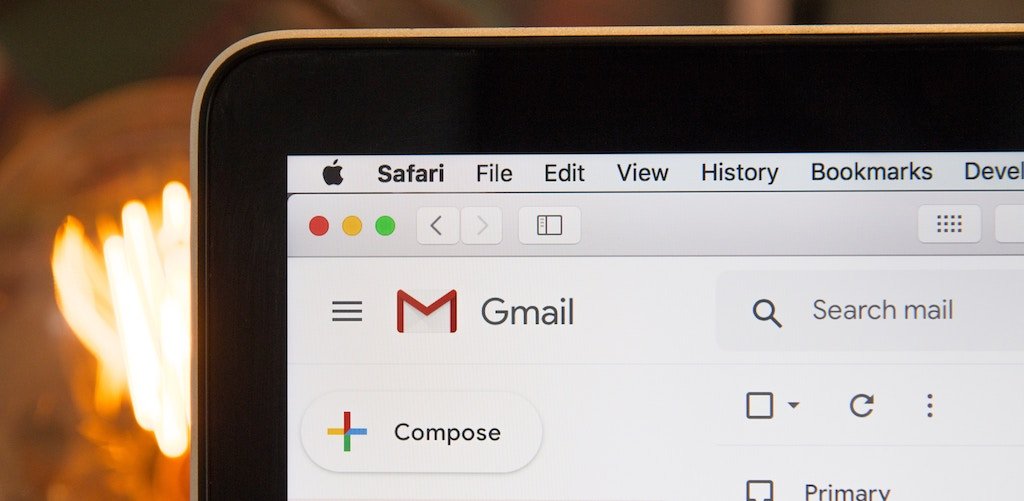
Email is one of the most convenient and cost-effective means of communicating with current and potential donors. It allows you to clearly communicate your vision, strategy, and needs with numerous people and invite them to donate to your cause.
As a general rule, you should be using email for more than just asking for donations. Your donors want to receive stories and regular updates because they care about your work! In this blog, we will focus on how to ask for donations in an email, and specifically, choosing the best wording to ask for donations for your organization.
Requesting donations in an email is both an art and a science. People’s inboxes are peppered with messages from great organizations asking for support for worthy causes. It’s important to write emails that stand out, deliver unique information, and make compelling requests.
1) Asking For Donations Starts With A Good Story
Each email should include one relevant story that communicates the importance and impact of your work.
In 2014, Charity:Water emailed a story about Aissa Marou, a woman in Niger who fell down a well with her infant daughter as part of their campaign to raise funds to build safe wells. That story catches your attention! It makes you want to keep reading to learn the fate of Aissa Marou. The blog platform Medium later published the Charity:Water story, including Charity:Water’s request for donations.
A good fundraiser is a good storyteller. Stories are vital to helping donors feel connected to the mission. Your current donors want to understand how their financial investment is bringing about change. Potential donors look for case studies about how you are using resources to accomplish your goals. They want to know that your organization is having an impact.
Your stories might not be as dramatic as a woman falling down a well, but your donors believe your work is essential. You don’t need to inflate or manipulate the stories when you ask for donations in an email. Donors want to know the truth.
2) Write An Interesting Subject Line When Requesting Donations
Make your email stand out from the multitude of daily emails with a unique subject line.
We all receive dozens (or hundreds) of emails every day. Make your email stand out with a well-written subject line. Experts have differing opinions about how nonprofits should use their subject lines to stand out. Everyone agrees that the subject line is the most important sentence of the whole email, especially when you are asking for donations. You may need to experiment to see what gets the best response from your audience.
International Justice Mission’s vision statement is, “To end slavery in our lifetime.” Their two most recent email subject lines are, “You made the beatings stop,” and “This photo says it all.”
These subject lines stand out and make you want to at least open the email to learn more. Each email IJM sends is another installment in their valiant battle against modern-day slavery. Not every IJM email has a story of victory and success, but they mastered the art of drawing readers in with their subject lines.
Write your subject line last. Spend time reading the body of your email to see if there is a compelling word or phrase that will capture your readers’ attention. Another tactic is to ask a question. Some organizations find that including the recipient’s name in the subject line helps set their emails apart. Don’t be afraid to experiment and see what works for you.
3) Write To One Donor, Not The Masses
Email is a one-to-one interaction, not mass communication.
Effective fundraising is about connecting with people who share a common passion. View your fundraising emails as an opportunity to develop a relationship with your current and potential donors, not just requesting donations. Even if you send your email to thousands of people, think of each email as a one-to-one interaction between you and the recipient.
If you want to be successful at fundraising with email, you must have a personal relationship with at least a few of your donors. Write each email with a specific individual in mind that you know personally.
Communicate as if you are interacting with them directly, not the hundreds (or hopefully thousands) of people in your email list. Tell them why their support is essential and the impact they are making through their financial partnership.
4) Use A Mass Email Service When Asking For Donations
Get valuable performance metrics and comply with the CAN-SPAM Act.
Use a mass email service like Soapbox Mailer to send emails to your donors. It allows you to keep track of important information like your open and “click-through” rates. These data points will give you insight about how each email performs and what kinds of emails your donors are more likely to read.
Soapbox Mailer also seamlessly integrates email marketing with your donations page so people can easily click through and donate online. The easier you make the donation process, the more likely people are to give to your cause.
Using a good email service provider also ensures you comply with the CAN-SPAM Act in the United States. Each email you send must include your physical address, a clear way to opt-out of your emails, and have “From,” “To,” and “Reply” information.
5) Don’t Be Shy About The Money
Transparency helps donors feel confident about how you will use their investment.
The way you communicate about your organization’s finances speaks volumes about how much you believe in your cause. Don’t be shy about finances and money. Gain the trust of your donors by being transparent about your financial state.
Major donors want to invest in a good strategy, vision, and passion. If you are shy or timid when you ask for donations in an email (or anywhere else), you unintentionally communicate that you aren’t sure your vision is worthwhile investment. When you speak confidently about your financial need, you demonstrate that you believe in your vision and mission.
Be specific about what their money will do.
Communicate exactly how you will use the donations. This helps donors connect the dots between their financial gift and the outcome they want to see.
Continuing to use International Justice Mission (IJM) as an example, they are very specific about how they use your donation. You can select an initiative you would like to support on their website. Each initiative has its own facts sheet that includes the total cost of the project and how it fits into their larger goal of ending slavery in our lifetime. Partners who make a gift to IJM know precisely how their dollars are spent.
Your donors want to know how you will use their dollars. Be as specific as possible in your email about how much money you need and what you will do with it.
If possible, break it down into smaller chunks so donors can take responsibility for a small portion of the big goal. IJM offers small, medium, and large initiatives. For $50, a donor can pay for a day of counseling for a victim of human trafficking, and so on. Help your donors “own” a small piece of the big goal.
6) Make A Clear Donation Request
Make an explicit request for donations within the first two paragraphs.
Most people only skim or read part of your email. Make your request for donations within the first two paragraphs. That way, people who only read the content “above the fold” (the content they can read without scrolling) won’t miss your request.
If the primary purpose of your email is to ask for donations, any other content should support your ask. A good ask will include:
- The problem you are going to solve (be very specific)
- How you plan to solve the problem
- How much money it will cost to solve that problem (down to the penny if you can be that precise)
- How people can donate
Keep your email clean and avoid information overload. Don’t include extra background about your organization or cause. Instead, put a link to a page on your website where readers can learn more if they are interested.
Make it easy to give.
A “donate now” button or link to your donation page makes it easy for people to respond immediately to your call to action. Make sure your donation request is easy to see without sacrificing the aesthetics of your email. You can also provide a link to your “Ways To Give” page on your website for people looking for other ways to donate.
The easier it is to get to your donation page and the more ways to give, the better response you will receive.
Segment your email list.
One way to make your emails more effective is to segment your email list. Your faithful monthly donor should receive a different email than someone who has just signed up to receive your emails.
Your regular donors are familiar with the vision and cause. They are interested in hearing specific updates about how their money is at work. New donors are still learning about your organization’s vision. Segmenting your email list helps increase your open rates because you can provide the right information to each group of people and word your ask for donations appropriately.
BONUS: Say Thank You
One of the most important parts of asking for donations is saying “thank you” to everyone who donated. Communicating gratitude demonstrates that your organization cares about their donors, not just the money. People need to know that you appreciate them as individuals and that their donations matter to you. There are many ways you can show gratitude!
- Send a follow-up email to each donor. Handwritten or printed physical thank you cards go a long way to demonstrate care and appreciation.
- Highlight some of your donors on your social media or website. Businesses especially appreciate this gesture of gratitude because it gives them great press.
- Host a special event to thank your major donors. A gala or dinner in their honor--not to ask for more money but to say thank you--is a beautiful gesture.
It is also important to continue telling the story. People want to know how the story ends! Did you accomplish your goal? What happened at the event they funded? Send update emails so donors can find out how your work is going and potential donors will become excited to give in the future.
Thanking your donors and communicating regularly strengthens your relationship with your partners and helps ensure that your organization will receive more financial gifts in the future.
Are you ready to take your email requests for donations to the next level? Here are three resources to help you take the next step:
- Easily Accept Stripe Online Payments With Soapbox Engage: It’s important to have a safe, convenient, mobile-friendly way for people to give online, especially when you send an email request for donations. Learn about how to use Soapbox Engage to set up an excellent donation page.
- Customize Your Nonprofit’s Online Petition With Your Own Questions: Online petitions and questionnaires can be a great tool for rallying support behind your cause. Use an online petition with Soapbox Engage to grow your email list and bring in more donations. With the latest updates, you can customize the petition to collect the exact information you need from your supporters.
- Salesforce Event Registration Apps: 10 Key Considerations: Are you planning a fundraising event in addition to your email request for donations? Learn about how the Soapbox Engage event registration feature will make your fundraiser run smoothly from selling tickets to checking in guests.
